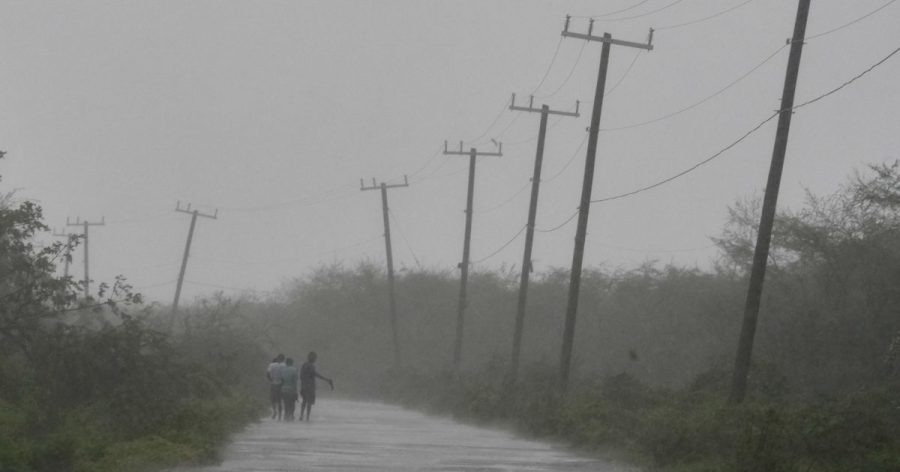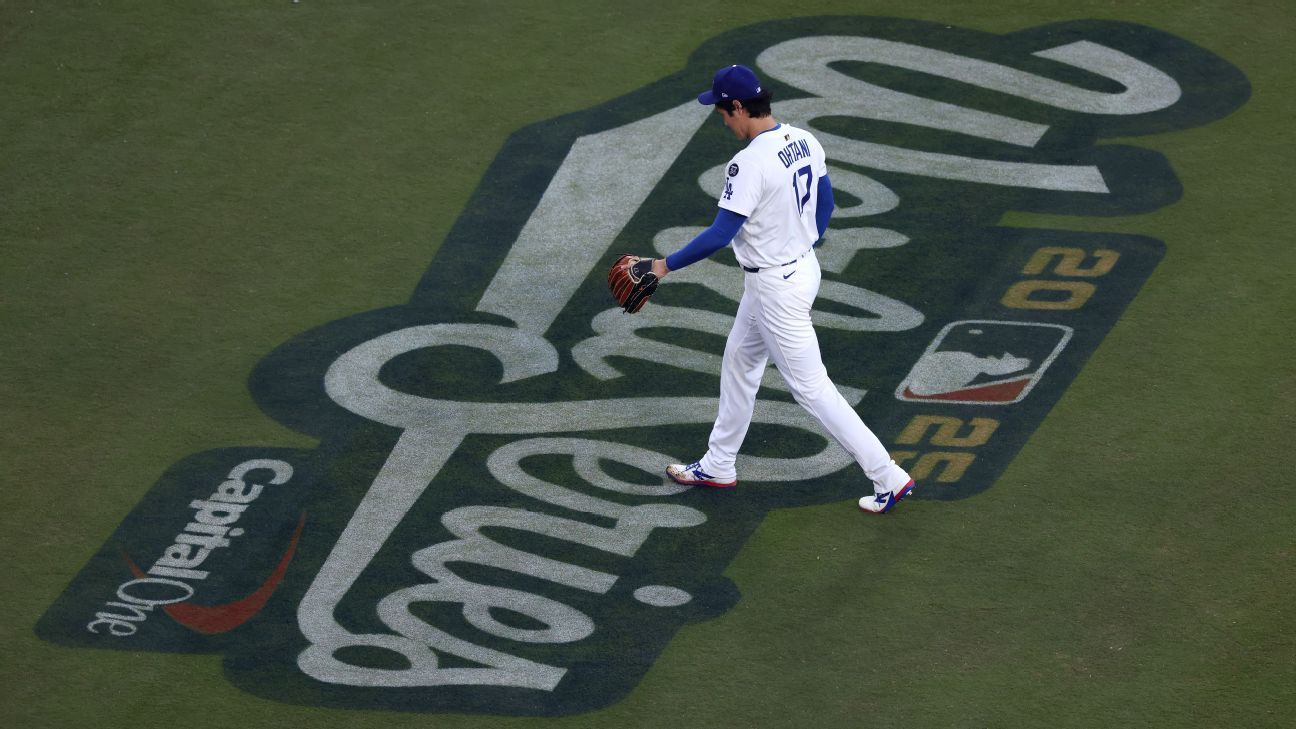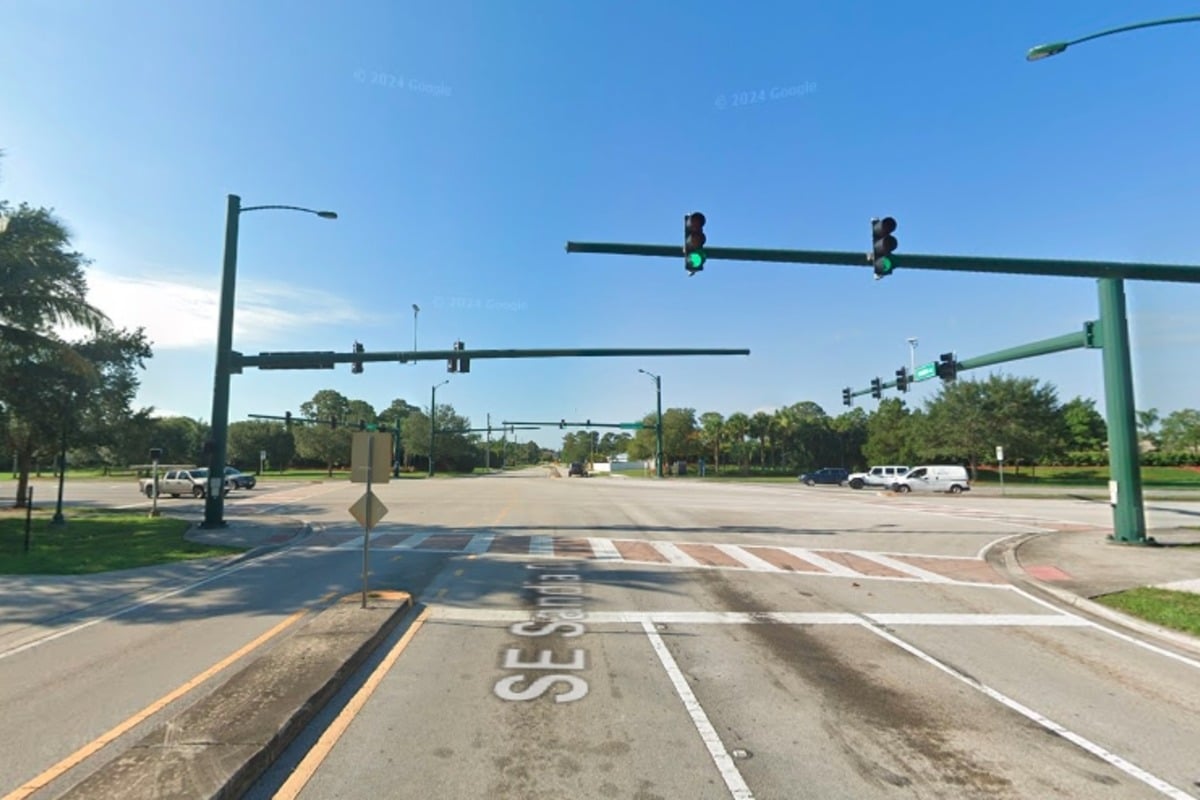URGENT UPDATE: A critical lens showdown has just been announced, pitting the new Tamron 16–30mm f/2.8 against the Sony 16–25mm f/2.8, offering photographers an essential comparison for tight streets, small rooms, and dynamic video setups. This direct comparison highlights significant trade-offs in range, sharpness, and handling that could impact your next shoot immediately.
New reports confirm that both lenses provide impressive 16–30mm coverage, allowing for flexibility in various shooting conditions. The Tamron lens is priced at $929, significantly lower than Sony’s offering at $1,398. With such a price difference, this lens matchup is crucial for budget-conscious photographers looking to optimize their gear.
In real-world usage, the Tamron lens boasts a slight edge in corner sharpness at f/2.8, while Sony performs marginally better in center detail. At f/8, both lenses deliver crisp images across the frame, making them ideal for landscape and urban photography where detail is paramount.
Size and balance are also key factors. Although the Tamron appears taller, once extended, the dimensions are comparable. Notably, Tamron’s design maintains a consistent barrel length during zoom, which is beneficial for gimbal use. It includes features such as weather-sealing and a USB-C port for updates, streamlining the user experience.
Neither lens includes optical stabilization, so users must rely on their camera bodies for smooth footage. Autofocus performance is strong with both options; however, Tamron’s system is recognized for its quiet operation, while Sony’s native lens locks focus quickly.
For those who rely on high-speed burst shooting, it’s important to note that third-party lenses, like the Tamron, limit burst rates to 15 frames per second on Sony bodies, potentially impacting fast action photography.
In terms of image quality, both lenses exhibit unique characteristics—Tamron delivers cleaner bokeh and superior flare control, while Sony excels with tighter sunstars around light sources. Focus breathing is minimal on both, but the native integration with Sony bodies may be more appealing for handheld video work.
As a Cleveland-based photographer, Alex Cooke emphasizes the importance of these lenses for both amateurs and professionals alike. The Tamron lens offers exceptional value with its extended reach to 30mm, while the Sony lens remains compelling for those who prioritize system integration and portability.
With the photography community buzzing over these findings, the decision between the Tamron 16–30mm f/2.8 and Sony 16–25mm f/2.8 is more pressing than ever. Photographers now face an urgent need to evaluate their choices based on these latest developments before making any purchases.
Stay tuned for more updates as the photography landscape continues to evolve.







